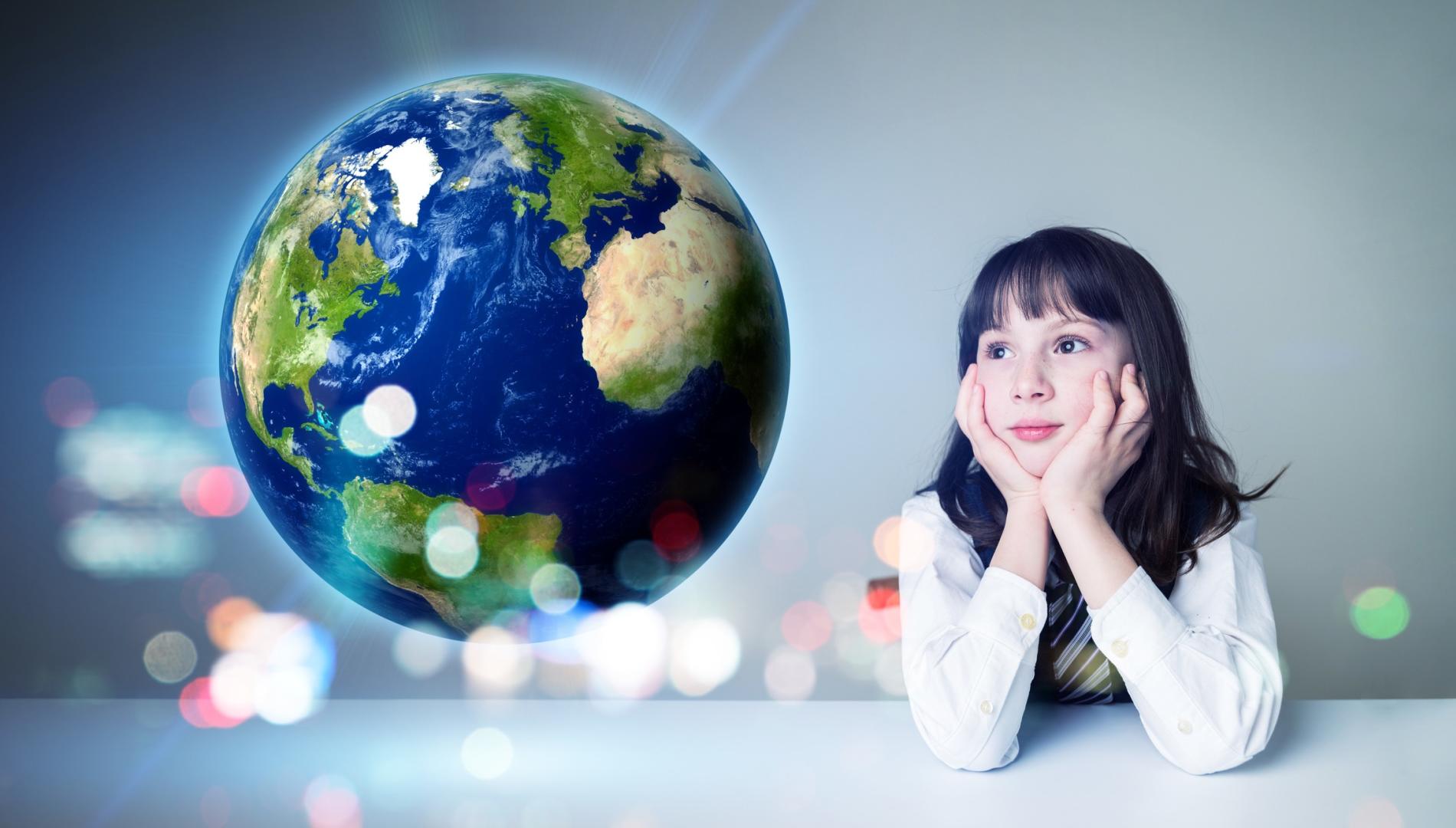Mixed progress on Sustainable Development Goals: How Australia can turn the tide
A new assessment of Australia’s progress towards the UN Sustainable Development Goals (SDGs) shows that many indicators are stagnating or trending backwards, but bold policy action can reverse negative trends and secure a sustainable future by 2050.
The 17 SDGs were adopted by all countries in 2015, and serve as a foundation for assessing national progress to ensure future generations are better off than their predecessors, and that no-one is left behind.
This is the latest in a series of report cards led by Monash Sustainable Development Institute (MSDI) that evaluates Australia’s progress towards 80 economic, social and environmental targets to be achieved by 2030.
For the first time, the new report also models policy shifts that could boost future progress by 2030 and 2050.
Growing inequalities
The report finds that Australia has mixed progress on sustainable development, with growing inequalities threatening the wellbeing of many Australians.
For example, about 3.3 million Australians live below the poverty line, the share of wealth held by the bottom 40% of Australians has declined by a third in two decades, and parity in education outcomes for students from lower socio-economic groups has fallen by 25% since 2018.
Australia is also falling further behind our peers from the OECD on innovation and environmental sustainability. For example, investments in research and development, and knowledge-based capital have both declined to 40% below the OECD average.
Australia’s material footprint is nearly double that of leading OECD countries, while rates of resource efficiency are three times lower than the European average.
But it’s not all bad news. Australia experiences very high average life expectancy and levels of tertiary education, safety and trust, and has made recent gains in areas such as gender equity, clean energy and employment.
For example, the gender gap in superannuation fell from 53% in 2014 to 21% in 2021, while the share of renewable electricity has almost quadrupled since 2010.
More ambitious policies are key
Drawing on modelling led by MSDI researchers and published last year in Nature Communications, the report reveals that with more ambitious policy targeted in six key areas, Australia could achieve about 90% progress towards 80 SDGs targets by 2050. This includes tangible outcomes for future generations of Australians.
“The modelling results show that with increased ambition, Australia can halve poverty and reduce income inequality by a third, boost health, education and productivity, improve biodiversity, and deliver net zero greenhouse gas emissions by 2050,” says lead author Dr Cameron Allen, of MSDI.
This boost in performance is achieved through an integrated suite of policies that promote wellbeing and resilience, a sustainable and just economy, and sustainable food, energy, urban and natural systems.
The modelling estimates that the policies would require an increase in public investment of about 7% per annum over 10 years, financed through additional revenue.

Integrated, long-term thinking needed
The research confirms that a more integrated and long-term approach to policy and decision-making will be needed if Australia is to harness these opportunities and largely achieve the goals by 2050.
The report demonstrates how such an approach could be enabled.
Firstly, by adopting 2030 targets and evaluating long-term trends.
Secondly, through regular, transparent and balanced assessments of progress covering the economy, society and environment.
And thirdly, through scenario modelling of policies and investments to achieve long-term targets along with their co-benefits and trade-offs.
The report also recommends mechanisms that could encourage long-term and integrated thinking, such as a Future Generations Commissioner, or integrating broader metrics such as wellbeing and environmental sustainability into the Intergenerational Report.





